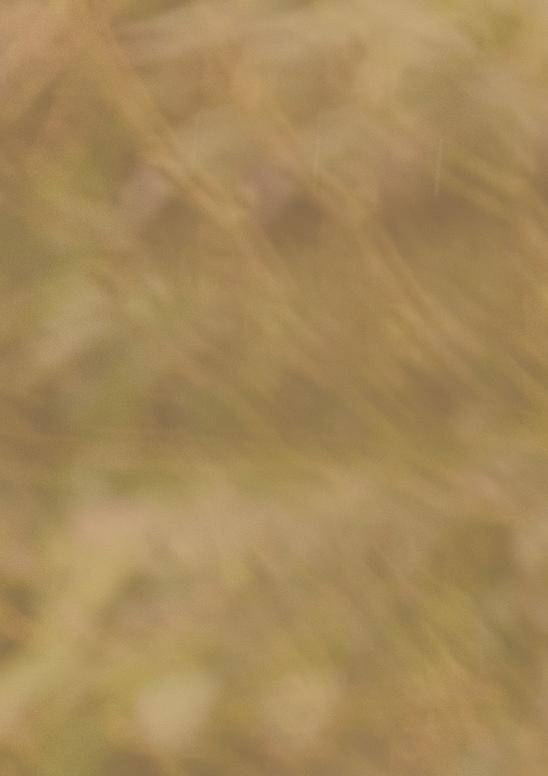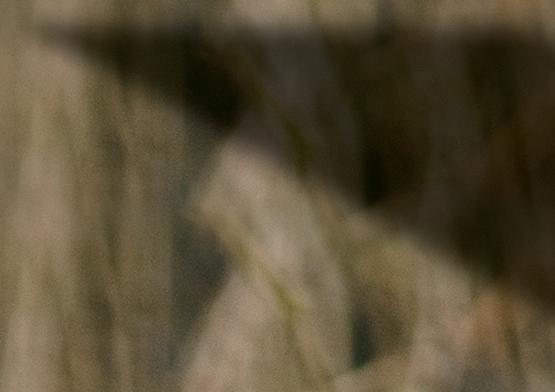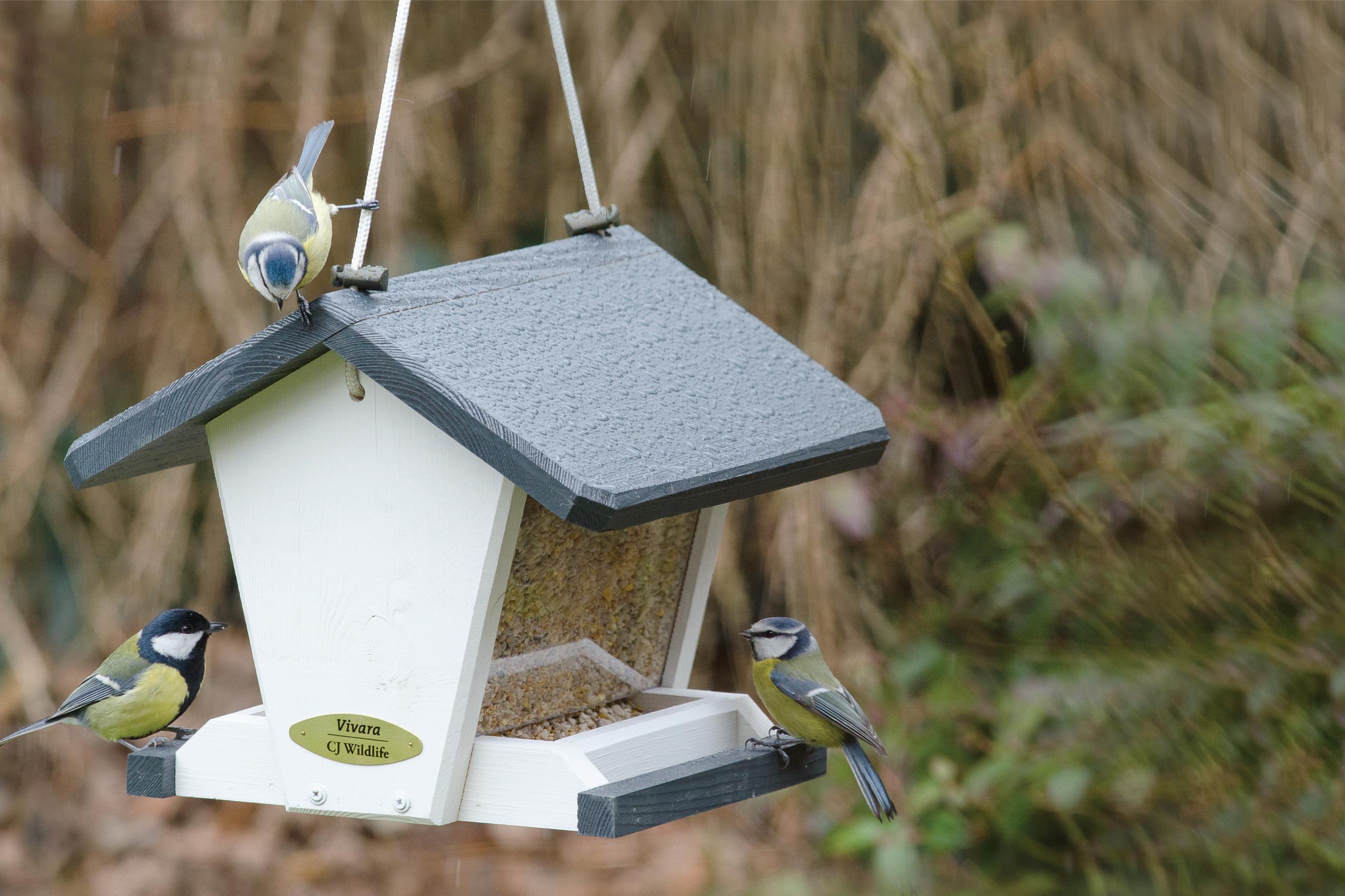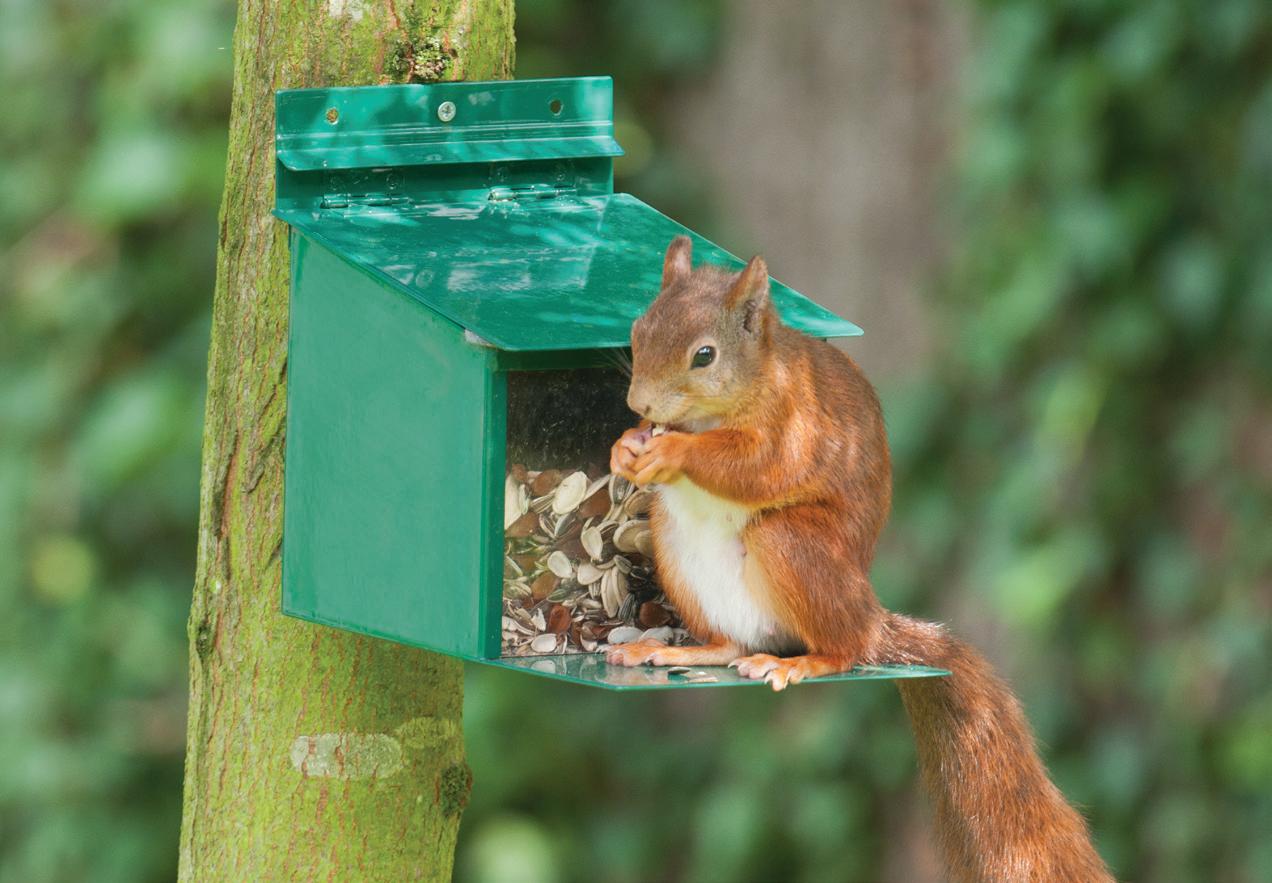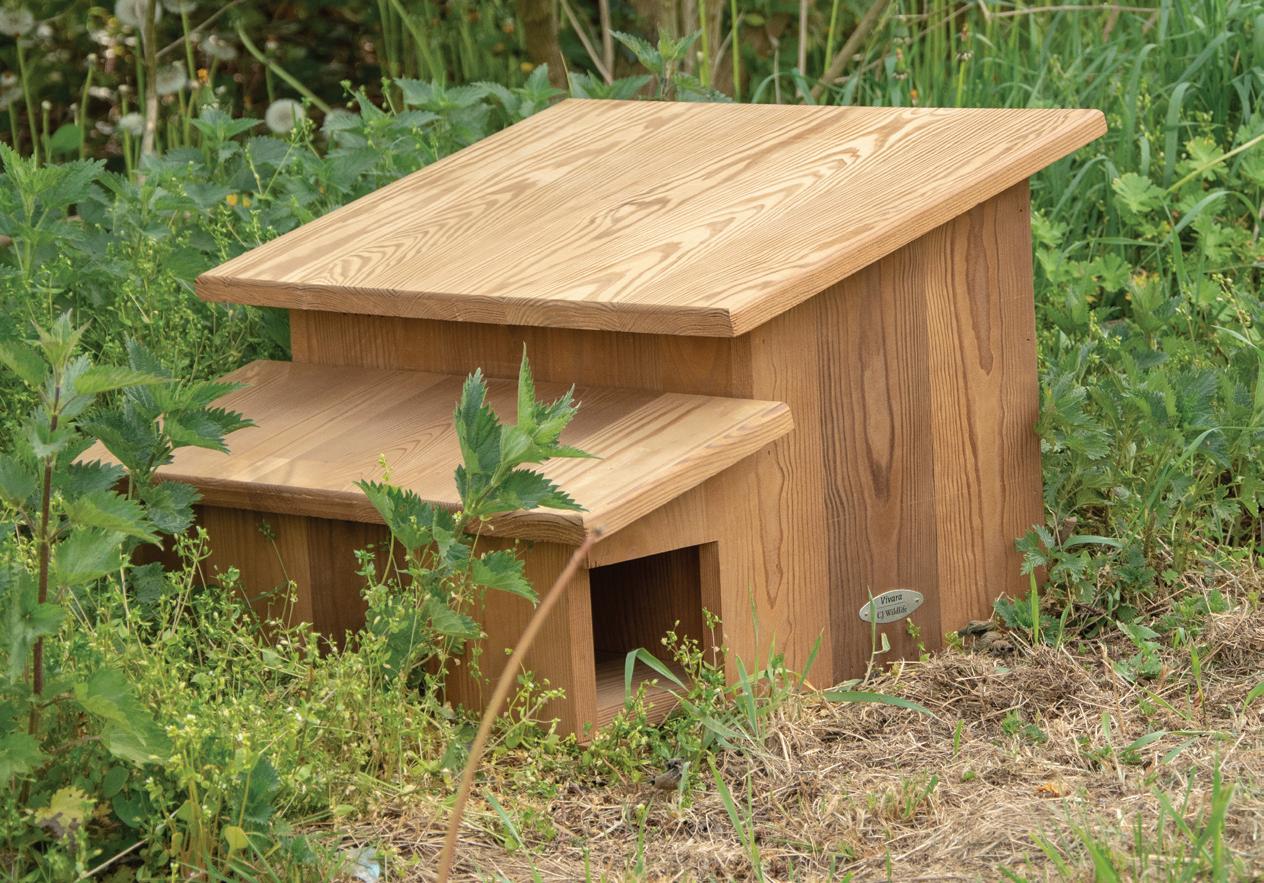
3 minute read
ON LOCATION
A GROWING BUSINESS
Ballyhoura Mountain Mushrooms not only cultivates and forages delicious mushrooms from its base on the border of counties Limerick, Cork and Tipperary, but the company also manufactures a range of shelf-stable mushroom products sold nationwide.
cultivated/picked in mainland Europe or airfreighted in from China and Korea. In relation to dealing with customers, the team at Ballyhoura Mountain Mushrooms ask this simple question: “Would you prefer to eat fresh fish that is two days old or a ‘fresh’ fish that is two weeks old?” The same applies to mushrooms, as the cell walls of mushrooms are comprised of chitin – the same substance in exoskeletons of prawns; this is the reason many mushrooms give off fish-like aromas on spoilage.
In relation to wild mushroom foraging, whilst Ireland is climatically an excellent place for many species of wild mushrooms, the absence of mature woodland is problematic for many forest-dwelling fungi. However, plantation forestry does produce highly desirable fungi, such as winter chanterelle and ceps, and in often large numbers, due to the monoculture nature of the forestry, especially those that are “seeded” from river valleys that have residual fungal outposts from our own lost native forests.
As in all cultivation processes, and indeed foraging for wild foods, you have times of glut, and with this excess product, Ballyhoura Mountain Mushrooms produces a range of shelf-stable products, such as mushroom ketchup, dried mushrooms, vinegars and seasonings. This ensures excess or unsold fresh products aren’t dumped but are turned into shelf-stable products sold to retailers across the country.
Chantrelle mushrooms
Ballyhoura Mountain Mushrooms was founded in 2011 by food scientist Mark Cribbin and microbiologist Dr Lucy Deegan, building upon a hobby of cultivating mushrooms and foraging wild mushrooms.
The business is composed of three parts: the cultivation of mushrooms, picking of wild mushrooms, and manufacture of products and supplements from mushrooms.
The company grows 14 types of mushroom, all saprophytic, and has a small hazel tree truffle plantation inoculated with symbiotic summer truffle. The saprophytic mushrooms (unlike the common white cap mushroom, which is cultivated on straw, chicken manure and peat) are all cultivated on wood substrate, which is sawdust or wood chips sourced as a waste product from saw mills, joinery factories or tree surgeons. Many people use the term “exotic” mushrooms to describe these; however, many
are native to Ireland, including grey oyster and summer oyster, lion’s mane, white coral, and hen of the woods; whilst others, such as shiitake, are native to China/Japan, and king oyster are native to southern Europe.
The growth process can take 16 to 18 weeks in the case of shiitake, whilst other species such as oyster mushrooms, can be successfully cultivated in four weeks. After successfully fruiting, the process does not end there, with the “waste” blocks further inoculated outside with another mushroom species, king stropharia, which produces another crop of mushrooms; this composted substrate is a potassium- and phosphorous-rich compost used as a fertiliser for originally forest-dwelling fruits such as blackcurrants, gooseberries and raspberries. The mushrooms cultivated and foraged at Ballyhoura are supplied direct to restaurants and also sold direct to consumers at farmers’ markets. In this marketplace, the company primarily competes against imported mushrooms either

Ag Méadú Eolas Muirí Ag Soláthair Seirbhísí Mara

Building Ocean Knowledge Delivering Ocean Services
Please fi ll in your name, cut out and keep your new membership card to present at talks and other events.
www.marine.ie
Introducing the new Irish Wildlife Trust membership card.
Membership Card 2019
Individual members, please ll in your full name. Family members, please ll in your family name. Card valid until February 28th 2020. Your 2020 card will be printed in our spring 2019 magazine. © Irish Wildlife Trust 2019.



